Affiliate links on Android Authority may earn us a commission. Learn more.
Portable origins - Where did all your smartphone's features come from?
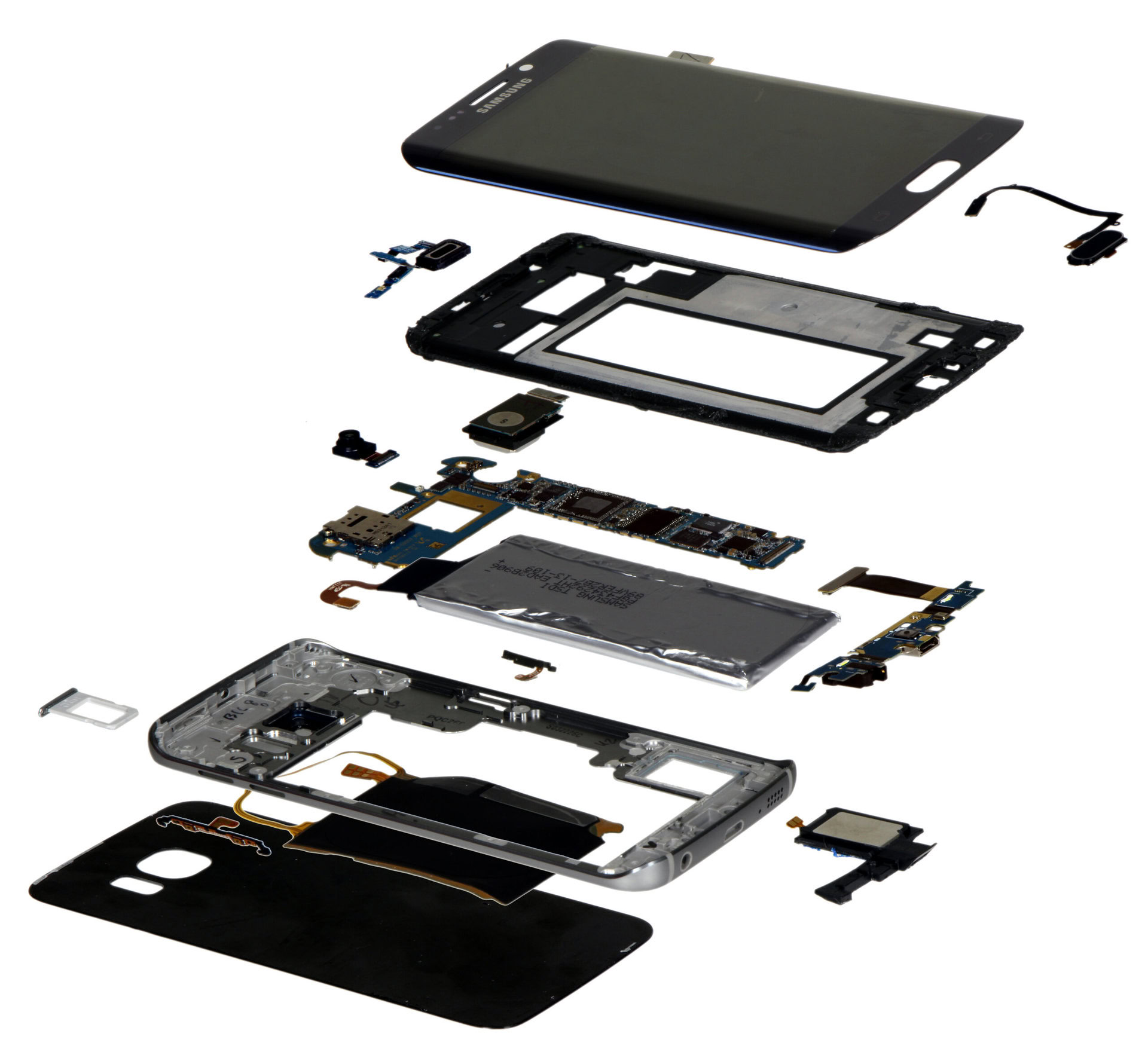
Our smartphones are amazing. They can do thousands of things that we previously needed standalone hardware to accomplish. But where did each of these components get their start? Stick with us as we explore the origins of each of the most important components in your mobile device.
The First Handheld Mobile Phone
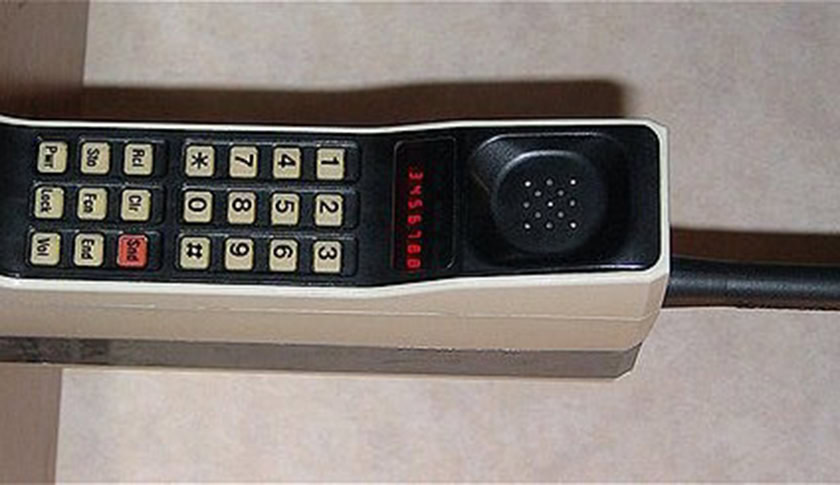
Though our smartphones may seem like they’ve been around a long time, the mobile phone has only really existed since 1973. The Motorola DynaTAC 8000X weighed 4.4 pounds and resembled a bulkier version of a home phone. Though this device became available back then for a whopping $3,995, the first automated cellular network wasn’t launched until 1979.
Analog cell networks became obsolete pretty quickly, leaving DynaTAC devices almost completely useless. Though it seems like a giant brick of a device, it was an important step towards getting our mobile handsets to the state they are today.
The First System on a Chip
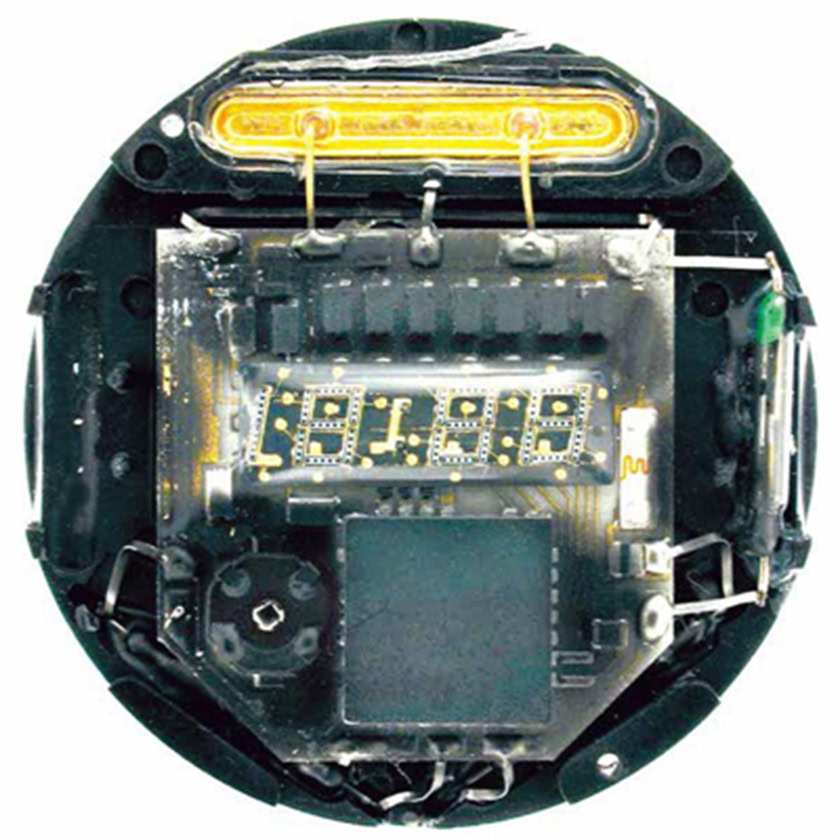
SOCs are the brain and brawn of our devices. They control and regulate just about everything our phones do. But what was the first SOC? Turns out, it wasn’t in a computer at all, but was inserted into a Hamilton Pulsar digital watch. The device was unveiled on the Jonney Carson show in 1970, and contained 44 chips with 4,000 bonding wires.
SoCs didn’t debut in mobile devices until 2008, when Qualcomm introduced the QSC7230. Since then, they have evolved to use smaller and smaller transistors, and have almost reached a physical limit in terms of nanometer spacing.
The First Digital Camera
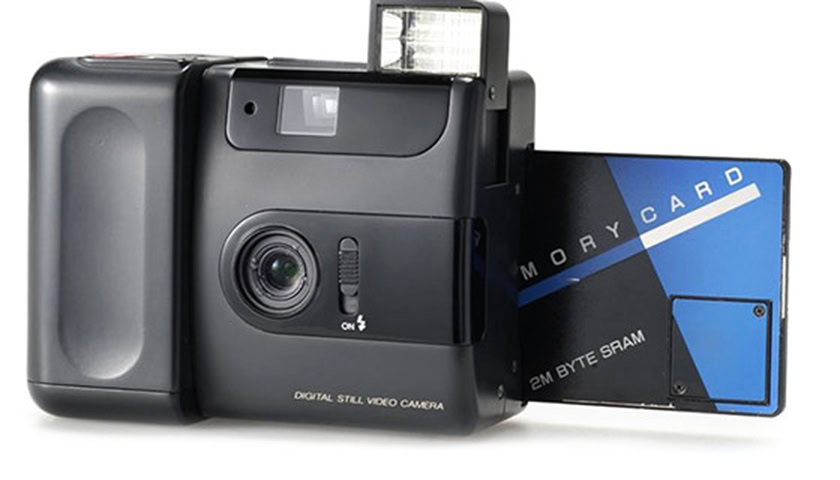
Cameras have been around for a long time, but it was Fujifilm who produced the first fully digital camera. First announced at Photokina in 1988, the FujiX DS-1P used a 2-megabyte SRAM stick to store images, and was able to keep 5 to 10 images on it depending on the photo. As old as it it, it was surprisingly compact. Though the body was a decent size, it was the semiconductor memory card which took up most of the room in the camera. At 400 killopixels of resolution your smartphone is going to absolutely destroy this thing in image quality, but it’s fun to look back and see where the component began.
Though the DS-1P never made it to market and remained a prototype, it was followed the next year by another fully digital camera which would be produced at a large scale, the FujiX DS-X. This camera also used a 400 killopixel sensor but was much thinner. At $20,000 though, it’s unlikely the company sold many units to anyone but the most hardcore photographer.
The J-Phone J-SH04 was manufactured by Sharp Corporation, and was the first mobile device to include a camera. It had a 110,000 pixel CMOS sensor, and did not exactly produce the highest quality image in the world. That being said, it set the standard for the amazing sensors we have in our devices today, so we’re glad it launched.
The First Commercial GPS
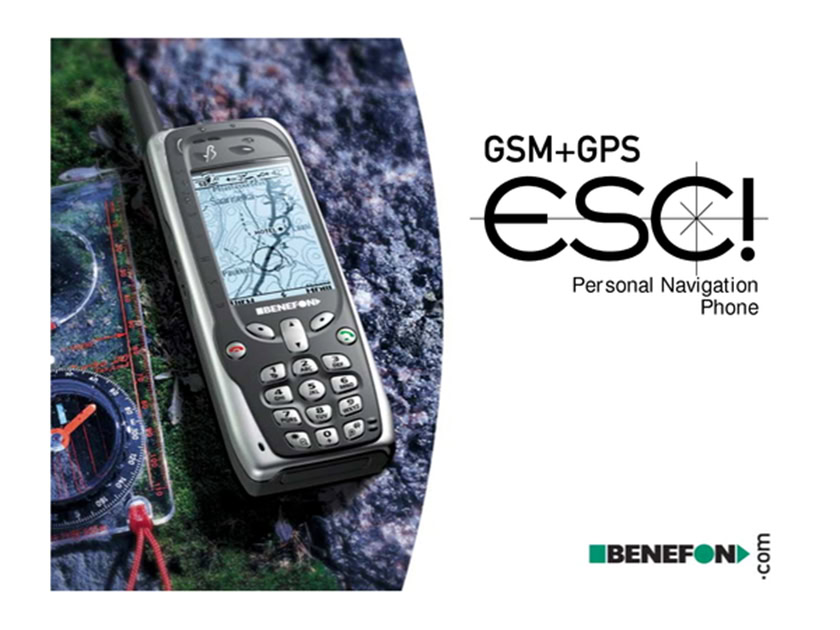
Though GPS technology was first developed for the US Department of Defense, the government decided to allow the technology to be used for civilian purposes in the late 1980’s. The technology was developed as a result of the Cold War in the United States, and has since trickled down into our daily lives and thus our smartphones. Magellan Navigation Inc. released the first commercially available GPS system in 1989 for $2,900, though it was limited to areas not owned by the US military.
In 1999 the Benefon Esc! became the first commercially available phone with GPS technology. It became more commonplace and popular as time went on, and eventually became standard in every device. Though it had access to the technology, it didn’t have the full spectrum upon release due to military restrictions. In 2000 the Clinton administration removed military restrictions on GPS technology, which gave all civilians access to the entire spectrum. Personal GPS systems didn’t become available until the early 2000’s, but they were quite expensive to buy from companies like Garmin and TomTom. The rise of smartphones in the late 2000’s began to incorporate GPS chip technology, which eventually led to making handheld systems almost completely obsolete.
The First Gyroscope
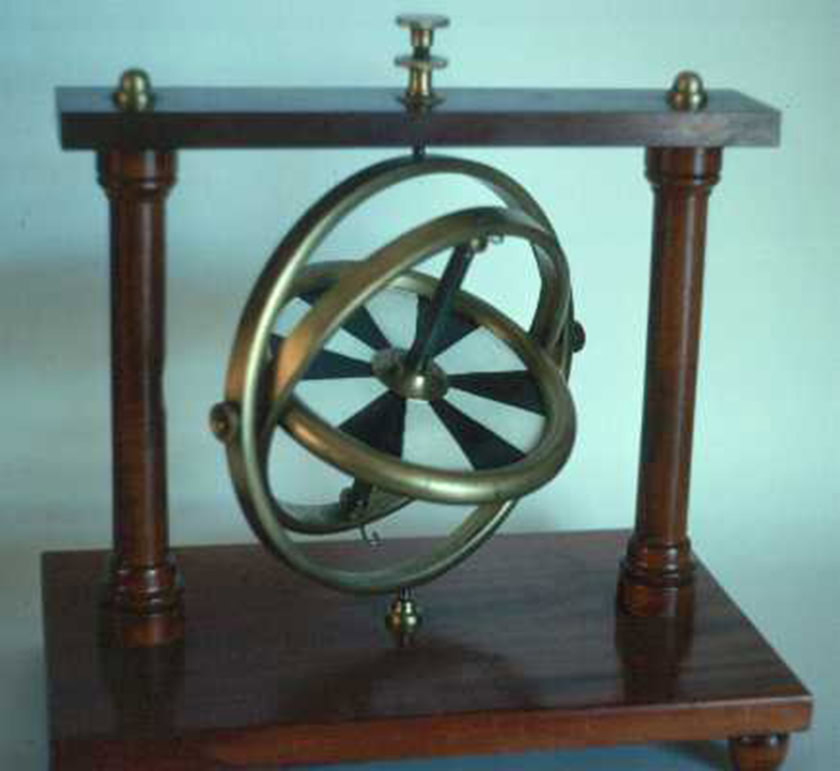
The gyroscope is quite an interesting instrument. It was first said to be invented by John Serson in 1743 to locate the horizon during harsh weather, but eventually evolved to serve many other purposes. The concept remained the same and kept the same shape for quite a long time, until the US military attempted to make them much smaller and more compact for use in anti-aircraft gun sights during World War II. These eventually shrunk down to become three-axis MEMS-based gyroscopes that can sense for X, Y, and Z movement. Just about every smartphone has one today, helping you to find your direction while using your GPS, and also allowing for more interactive and intuitive apps and games.
The First Mobile Fingerprint Sensor
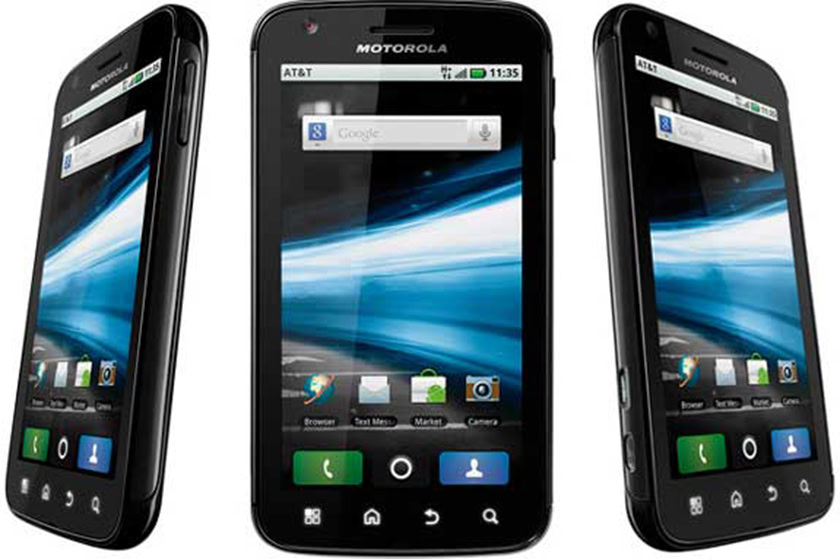
Fingerprint sensors actually haven’t been around that long. While using fingerprints as a method of biometric recognition has existed since the Babylonian period, when people used their fingerprints as signatures, it was actually quite recent that the recognition technology has made it’s way to mobile devices. The first smartphone to offer the technology was the Motorola Atrix 4G, way back in 2011, though it did little more than helping you log into your device. Apple eventually followed suit in 2013 with the iPhone 5S, and since then almost every flagship and even mid ranged device now has a fingerprint sensor built in.
Though the Atrix 4G originally only used it for identification and a way to bypass the lock screen, most phones have used the biometric identification as a way to pay for goods and services as well as a biometric password. These sensors only get better over time, and we’re excited to see where the technology can excel to over the next couple of years.
The First Touch Screen
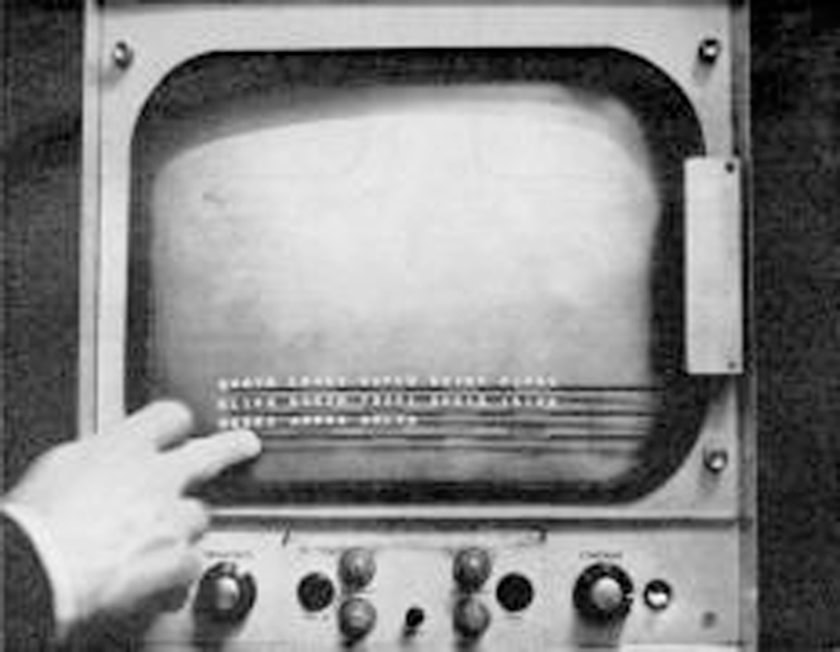
Though it seems like a relatively recent invention, the touch screen was actually first introduced way back in 1965 by an inventor named E.A. Johnson. He first described the mechanism in his book “Touch display—a novel input/output device for computers”. This technology would be further described two years later, and became the foundation for the capacitive touch screens that inhabit many of our devices today. The idea took a bit to reach the consumer sector, but was quickly adopted by British air traffic controllers.
Though the technology was in use for quite a while, it took almost 30 years to reach our phones. The first phone with a touchscreen was the IBM Simon, which launched in 1992. The Simon looked quite similar to the first Motorola device, but it had a long black and white touch screen on the front of the device. The technology would advance further and further over the next few years, eventually evolving into the smartphone devices we have today.
The First Portable MP3 Player

Though the first digital audio player was invented in 1979, it took almost 20 years for the concept to become portable, and to support one of the most widely used music formats today, the MP3. The Sae/Han Eiger MPMan became the first portable MP3 player in 1997, and came in 32 and 64 MB capacities. This made each model capable of holding about 6 or 12 songs respectively, which was an incredible amount for the time.
The technology spread like wildfire and was updated by companies almost yearly, until the Samsung UpRoar became the first mobile phone to support MP3 files in 2000. The launch of the iPod in 2001 helped to inflate the popularity of the file format, and soon almost every handheld device worked with the file type. By 2006 more MP3-compatible mobile phones were being sold than MP3 players themselves, which helped lead a relatively quick slump in MP3 player popularity, though a number of specialized players are still sold today.
Are there any important components you think we missed? Let us know in the comments below!